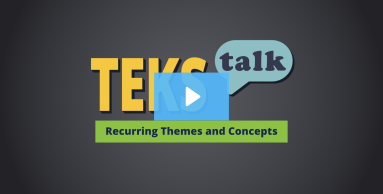
Knowledge and Skills Statement
The further explanation is designed to be a resource for educators that helps them better understand the topic their students are learning. Further explanations may be written at a more complex level than would be expected for students at the grade level.
Scientists seek to understand how the structure of an organism or type of matter is related to how it behaves or what it does. The functioning of natural systems depends on the relationships of certain essential parts and the properties of the materials from which they are composed.
Engineers consider the intended function of a design when developing its structure and determining its design features. Form is dependent on function. For example, a vehicle that requires a person behind the steering wheel would be designed differently than one that will be operated remotely.
Research
National Research Council. A Framework for K-12 Science Education: Practices, Crosscutting Concepts, and Core Ideas. 2021. Washington: The National Academies Press https://doi.org/10.17226/13165
Summary: Structure and function in early childhood can begin by examing familiar systems. Students can discuss and observe how the shape and stability of a system or organism are related. This can be connected to other scientific concepts, such as how an animal's structure helps it to function and survive. As students progress into upper-elementary grade levels, they will be introduced to more complex systems and their structures and functions.
